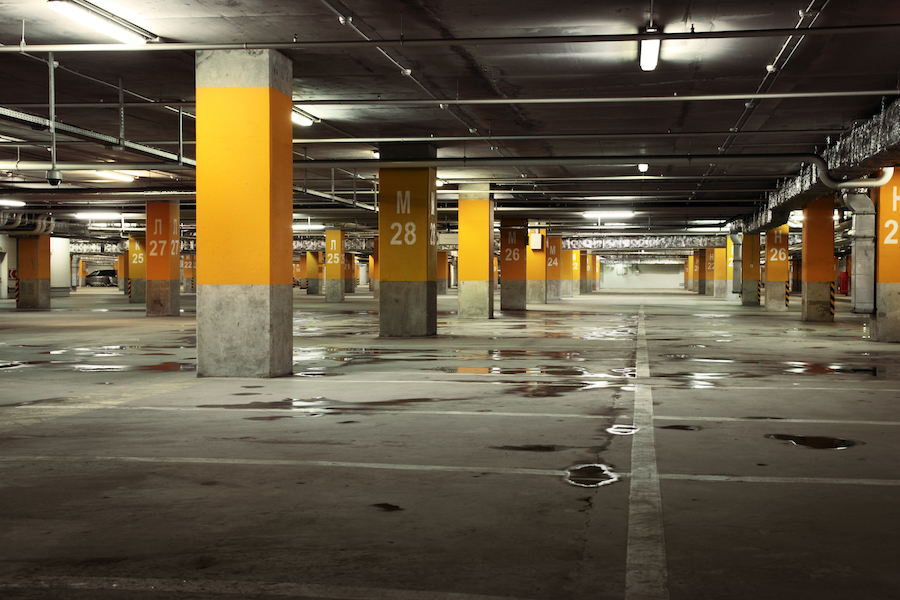New York State Garage Owners are now required to obtain operating permits and perform periodic condition assessments. Here’s what you need to know:
As of August 2018, NY State established a rule requiring owners of new and existing garages (covering private, municipal, and state-owned facilities), to obtain an operating permit and perform periodic inspections—with the first inspection due October 1, 2019, and reassessments every three years.
New Parking Garages: Once your garage construction is completed, it must go through an initial condition assessment to receive a certification of compliance.
Existing Garages: Must complete and submit an initial condition assessment depending on the original date of construction.
| Original Construction Date: | Complete Assessment By: |
|---|---|
| Prior to 1/1/1984 | 10/1/2019 |
| 1/1/1984 – 12/31/2002 | 10/1/2020 |
| 1/1/2003 – 8/29/2018 | 10/1/2021 |
The assessment must be performed by an authorized engineer with at least three years of experience in structural evaluation. Once performed, the engineer submits the inspection results (stay tuned to find out where to submit the results), providing specific details on the state of the parking garage – indicating whether or not the garage has hazardous conditions.
What about NYC garage owners? Are there different requirements?
Yes, there are! NYC garage owners are liable for the basic state requirements – an initial condition assessment performed by a qualified engineer, obtaining an operating permit, periodic reassessments, and filing the results. However, the state has allowed local governments to adjust the rule based on their needs, and the city is in the process of customizing it with even stricter requirements. Here’s what’s been discussed so far:
![]()
Failure to obtain your operating permit for either a new or an old garage – in both NYS and NYC – can result in your parking garage operating permit suspension.
How to prepare for this new requirement?
First, you need to start by researching authorized engineers who can conduct your initial assessment. Don’t leave it until the last minute – as the date gets closer, engineer availability may become scarce.
After you’ve located your engineer, the next step is to implement a plan that lets your team easily manage when inspections must be performed, and where documents must be stored or submitted.
InCheck users can automatically assign Inspections that meet city & state guidelines, and log results onsite.
Interested in accessing these inspection templates for your team? Click the button below to learn all the details!




